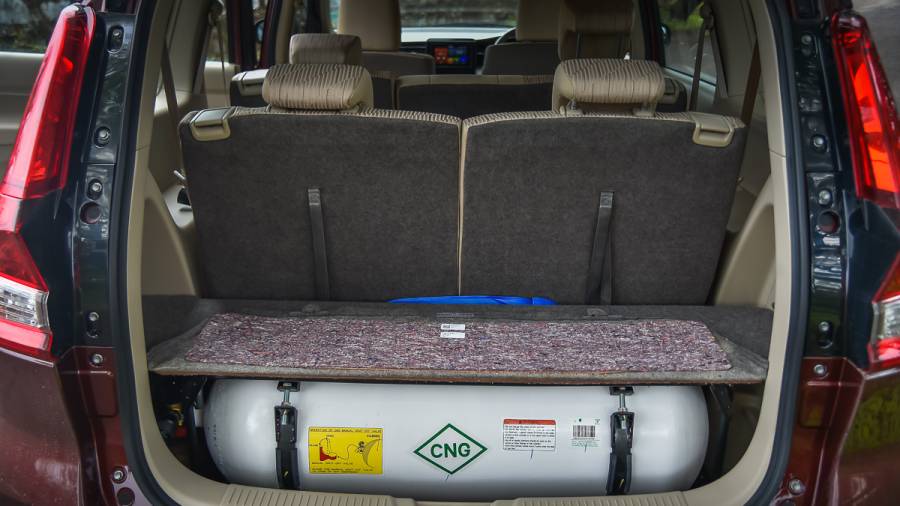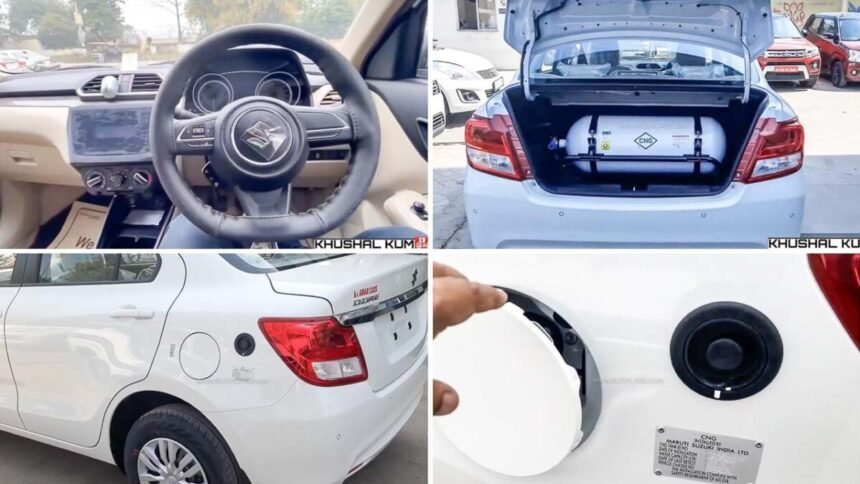Converting Petrol Cars to LPG/CNG in India: Pros, Cons & Legal Tips.
Converting petrol cars to LPG (Liquefied Petroleum Gas) or CNG (Compressed Natural Gas) is becoming more common in India as people seek more eco-friendly and cost-effective alternatives to petrol. Here’s a breakdown of the pros, cons, and legal tips for making such a conversion:
Pros of Converting to LPG/CNG:


- Cost Savings:
- Lower Fuel Costs: LPG and CNG are significantly cheaper than petrol. In the long run, conversion can lead to substantial savings on fuel.
- Government Subsidies: In India, LPG and CNG are often subsidized by the government, making them more affordable compared to petrol and diesel.
- Environmentally Friendly:
- Lower Emissions: CNG and LPG produce fewer emissions than petrol and diesel. They emit less CO2, nitrogen oxides, and particulate matter, making them a cleaner alternative for the environment.
- Reduced Air Pollution: With India’s pollution levels being a growing concern, switching to these fuels can contribute to reducing air pollution, especially in cities.
- Lower Maintenance Costs:
- LPG and CNG are cleaner fuels, which results in reduced engine wear and tear. This could translate to lower maintenance costs and fewer visits to the mechanic.
- Increased Range (for CNG vehicles):
- Vehicles running on CNG often have a higher driving range due to the higher energy content of CNG compared to petrol.
- Lower Engine Noise:
- Both LPG and CNG produce less engine noise, leading to a quieter driving experience.
Cons of Converting to LPG/CNG:

- Initial Conversion Cost:
- The cost of converting a petrol vehicle to LPG or CNG can be significant. It may cost anywhere between ₹20,000 to ₹50,000 or more, depending on the type of conversion kit and the make/model of the vehicle.
- Reduced Boot Space:
- CNG tanks are usually larger than LPG tanks, which can take up significant boot space. This can be an inconvenience for those who require extra luggage space.
- Performance Drop:
- Although both LPG and CNG are effective alternatives, some vehicles might experience a slight drop in power and performance after the conversion.
- Availability of Fuel:
- LPG and CNG refueling stations are still limited in some areas of India, especially in rural regions. In urban centers, the infrastructure is generally better, but long trips in remote areas might present challenges.
- Engine Calibration:
- Some vehicles may need to be re-calibrated or tuned for optimal performance when converted to LPG/CNG. This might not always be straightforward and can require skilled mechanics.

